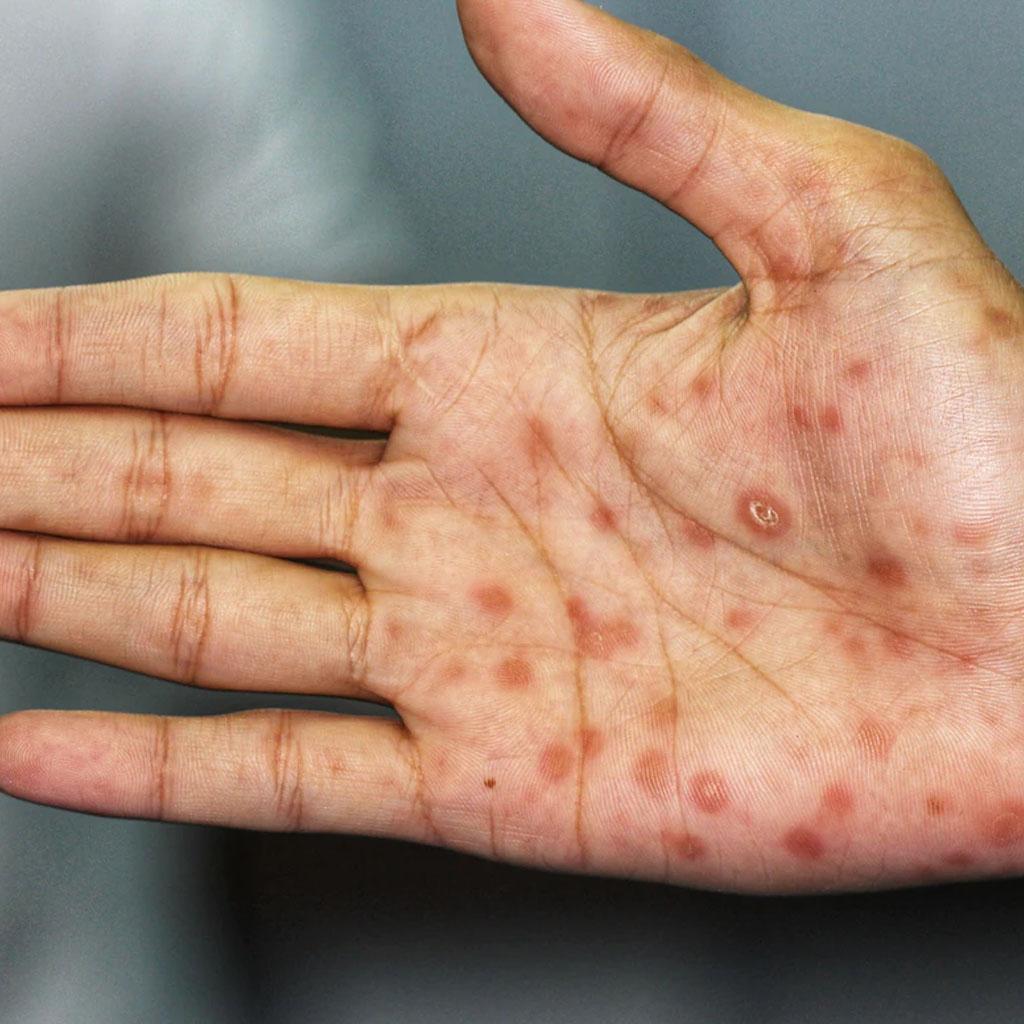TL;DR:
- STDs (sexually transmitted diseases) spread via sexual, oral, or anal intercourse; risky practices include no condom use or frequent partner changes.
- Causes: Bacteria, viruses, parasites, or fungi; common in ages 15-25. Symptoms vary, and medical tests are needed for proper diagnosis.
- Gonorrhea: Caused by bacteria; symptoms include genital discharge, burning, and menstrual issues (women) or burning, itching (men). Spread via sex or shared items like towels.
- Chlamydiosis: Caused by Chlamydia bacteria; often symptomless but can damage reproductive organs, cause infertility, or harm newborns. Testing is key.
- Syphilis: Caused by bacteria; spreads via sex, kissing, or during pregnancy, leading to ulcers or lymph node swelling.
- HIV: Spreads through sex, blood, or pregnancy; weakens the immune system and leads to AIDS if untreated.
- Treatment: Includes antibiotics for bacterial STDs; HIV requires complex therapy. Regular testing is essential for frequent partner changes or pregnancy.
STDs are mostly transmitted through sexual intercourse. Infection occurs during not only traditional intercourse, but also oral or anal intercourse. The symptoms of STDs can vary, as there are many varieties of bacteria, viruses and parasites that cause them. If an infection occurs, appropriate treatment may be unavoidable, as STDs cause serious consequences. So which STDs are among the most common, and how do you treat them?
What are STDs and how does infection occur?
Infection with venereal diseases most often occurs during sexual intercourse. There is an increased risk of infection when partners do not use additional protection in the form of a condom or when changing partners frequently. Most STDs are reported in people between the ages of 15 and 25. Sexually transmitted diseases are caused by parasites, bacteria, viruses and fungi. Therefore, generic diseases and their symptoms can vary. In order to properly diagnose the disease, a visit to the doctor and appropriate tests are necessary.
This is one of the most common STDs in sexually active people. It is caused by the Gram-negative bacteria gonorrhea bacillus. Infection can occur not only during sexual intercourse, but also when partners use the same towel or sponge. In addition, newborns can also become infected if the mother is infected with gonorrhea during childbirth. This is a dangerous situation because the bacteria can cause infection of the eye tissues in the newborn. In women, gonorrhea can cause symptoms such as discharge, burning in the intimate area, lower abdominal pain and disruption of the menstrual cycle. It is also common to pass it without symptoms. Therefore, a special test for venereal disease, which can show the presence of the bacteria responsible for gonorrhea, is used. In men, on the other hand, symptoms appear quickly and are usually burning and itching.
Chlamydiosis
Chlamydia is caused by the bacterium Chlamydia trachomatis, which is sexually transmitted. Infection can also occur through damaged skin or mucous membranes. In most cases, in both women and men, it does not produce visible symptoms, but despite the lack of symptoms, the consequences of not treating chlamydiosis can be very serious. Untreated chlamydiosis causes damage to the reproductive organs in both sexes and, in some cases, infertility. If infected during pregnancy, fetal damage and problems during delivery can occur. Newborns may develop conjunctivitis or inflammation of the respiratory tract, as a result of contracting the bacterium during delivery. Therefore, testing for STDs is very important and should be done if you frequently change partners.
Syphilis (syphilis)
Another sexually transmitted disease equally often diagnosed in young people is syphilis. It is caused by a bacterium called pale spirochete. Syphilis is a cyclic disease that can be both congenital and acquired. Congenital syphilis is when a baby is infected via the placenta with bacteria during pregnancy. This is a very serious problem, as infecting the fetus with syphilis can cause miscarriage, premature birth and stillbirth. kila syphilis diagnosis and treatment Acquired syphilis, on the other hand, can be contracted during sexual intercourse or kissing with a person who has developed symptoms of syphilis. The first symptoms include the appearance of a lesion on the penis or anal canal, as well as on the cervix and labia. When ulceration occurs, there is often enlargement of lymph nodes in nearby areas.
HIV
It is one of the sexually transmitted diseases. Infection occurs sexually or through blood. The virus can also be transmitted to a child during pregnancy and nursing. HIV attacks the immune system significantly weakening it. In the absence of treatment, the virus continues to multiply, gradually weakening the body's immunity and leading to AIDS. In the early stages, the disease may not produce any symptoms.
How are STDs treated?
In order to properly treat a given STD and prevent serious consequences, proper diagnosis is essential. What tests for STDs are performed? The most common are tests to detect the presence of a particular bacteria. Samples for testing are taken by swabbing the genitals or blood is drawn. Untreated venereal diseases in men and women can cause serious consequences. Therefore, it is important to get tested regularly if you change partners frequently. In addition, pregnant women should also get tested for STDs to prevent infection of the baby. Once the disease is detected, appropriate antibiotic therapy is most often administered. The length of treatment can range from 1 to 2 weeks, except in the case of HIV, where treatment is more complex but equally effective.
Conclusion
STDs are common but treatable if caught early. Knowing the risks, symptoms, and treatments is crucial to staying healthy. Regular testing, especially when changing partners, prevents serious health issues. Don’t ignore symptoms or delay medical care—getting tested and treated early can protect your health and others’. Take control by staying informed and prioritizing regular checkups.






